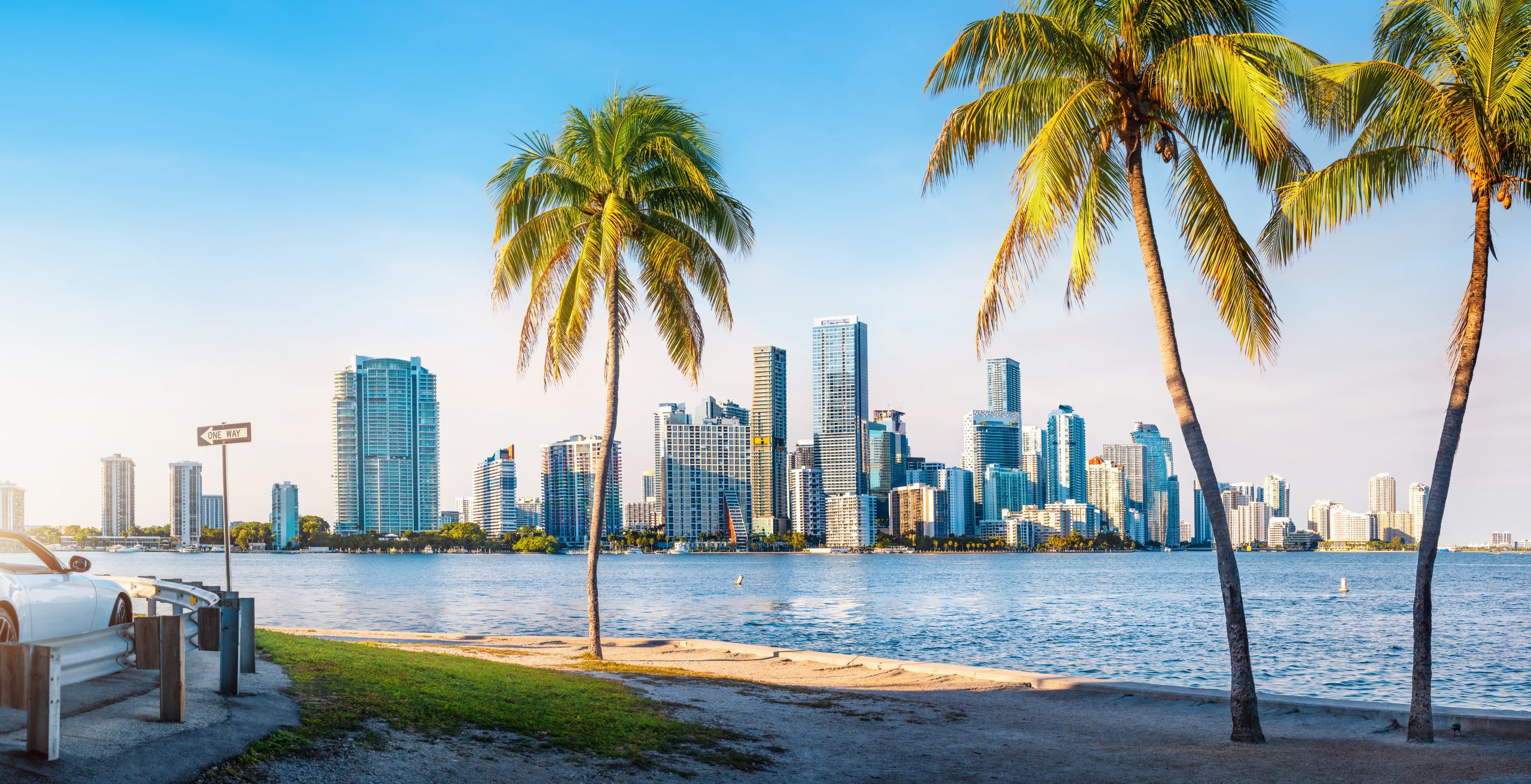Premox study shifts to red wine
Having identified the causes of premature oxidation in white wine, Bordeaux-based researcher Dr Valérie Lavigne is now looking at why reds may be facing the same problem.
During an interview with the drinks business earlier this year, Lavigne – who is both a wine consultant working alongside Professor Denis Dubourdieu, and a research fellow from the Faculty of Oenology at the Bordeaux Institute of Vineyard and Wine Sciences – said that she was “working on premox [premature oxidation] in red wine.”
Explaining why it was necessary to start analysing the possible reasons for this problem in reds, which have so far escaped scrutiny for their age-worthiness, she commented, “We are considering premox in Bordeaux and elsewhere because we believe there is a problem connected to the fact that more people are harvesting later.”
As a result of leaving bunches longer on the vine, Lavigne said that “more grapes are overripe, and we think that this means that the wines are losing their ageing ability.”
Continuing, she said that this was “a particular problem in Bordeaux for the Merlot”.
She also said that she had spent 10 years studying the reasons for premox in white wines at the Bordeaux institute.
Partner Content
Although she acknowledged that the problem was most closely associated with Burgundy, not Bordeaux, above all concerning the fine Chardonnays from the Côte de Beaune, she stated, “The real expertise on this topic is in Bordeaux.”
Following a decade of studies, she outlined three main causes of the premox issue in white wine, and, notably, said that the type of closure was “just a little part of the problem” – in contrast to the views of some Burgundian winemakers, including Benjamin Leroux of of Domaine Comte Armand and Laurent Ponsot from Domaine Ponsot.
Lavigne’s three overriding causes of premox in white wines can be seen on the following page.
A Burgundy vine suffers in August 2009 after an extended dry period. Photo credit: Pierre Gleizes / Greenpeace
- Lack of vine vigour
A vine without vigour is connected with hydric stress and low levels of nitrogen in the soil. Importantly, Lavigne said that drought-induced nitrogen deficiency reduced the level of glutathione in the grapes, a compound which protects the wine against oxidation. As a result, she said that to avoid premox “you need a very vigorous vine with no hydric stress.” - Pressing quality
A must without sufficient solids extracted during pressing can affect the amount of available nutrients for the yeasts, potentially slowing the start of the fermentation, or causing its premature termination, both of which can allow oxidation to occur. Lavigne said that some winemakers had failed to adapt to the arrival of pneumatic presses, which began to be adopted in French wineries from 1995-96 – the years commonly cited as the start of the premox problem in white Burgundy.
“Around 25 years ago, the pressing was done with plates, it was not pneumatic, but when the pneumatic press arrived in 1995-96, it was very good, but the winemakers didn’t adapt the way they used it – and if they didn’t, the must was too clean. This means you lose a big part of the nutrients for the yeast, so the fermentability of the must decreases… and you have less ability for ageing.”
- Post-fermentation protection
Lavigne’s third main reason for premox in white wines centred on the time after primary fermentation and before the conversion of malic to lactic acid under the influence of bacteria (commonly referred to as MLF, which stands for malo-lactic fermentation). She said that is was important to keep this period “short, not 6-8 months”, as well protect the wine at this stage by stirring the lees. Although this practice, called battonage, is sometimes blamed for premox, Lavigne said that it was important at this winemaking stage to create a reductive atmosphere in the wines for their long-term resistance to oxidation.





Our environment is no longer as neutral as it was 50 years ago!
Electromagnetic and toxic emissions are nearly omni-present and have great influences on the quality of ALL products with a high proportion of water – including your wines!
Emissions by transformer stations, radio masts and telegraph poles, satellites, directional radio and many other permanently increasing interferences directly and negatively influence the water body of your wines and significantly diminish quality. (read more: www.wineprotection.n.nu – info sheet)